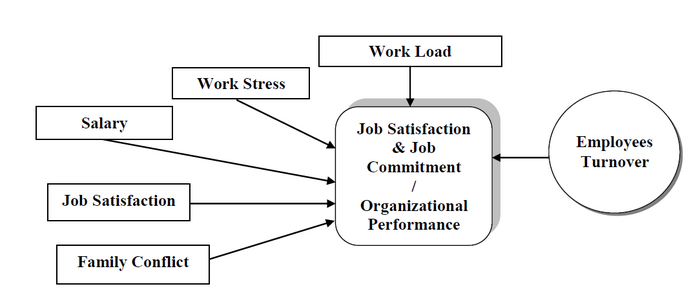QA4ODFL2/Human Resource/Staff retention
Staff turnover is the rate at which staff leave an organisation per defined period of time. This is often expressed as a percentage of employees that leave an organisation per year or even quarterly. Employees can voluntarily choose to leave an organisation (voluntary turnover) or can be forced to leave by the employing organisation (involuntary turnover). There are push factors that cause voluntary staff turnover and good organisations aim to reduce such factors as a way of retaining staff. Figure 5 shows push factors that an organisation needs to address to alleviate staff turnover.
Figure 5: Causes of employee turnover Source: https://commons.wikimedia.org/wiki/File:Causes_of_employee_turnover.png CC BY-SA 3.0
Pushing away employees means losing whatever value is invested in that staff through staff development efforts, and investing in developing new staff that joins an organisation. Often it also takes a while to replace employees who leave, thus creating a gap in the running of a business and/or sometimes overloading existing staff. In open schooling, this may compromise the quality of support that is given to learners, which needs to be avoided at all cost.
